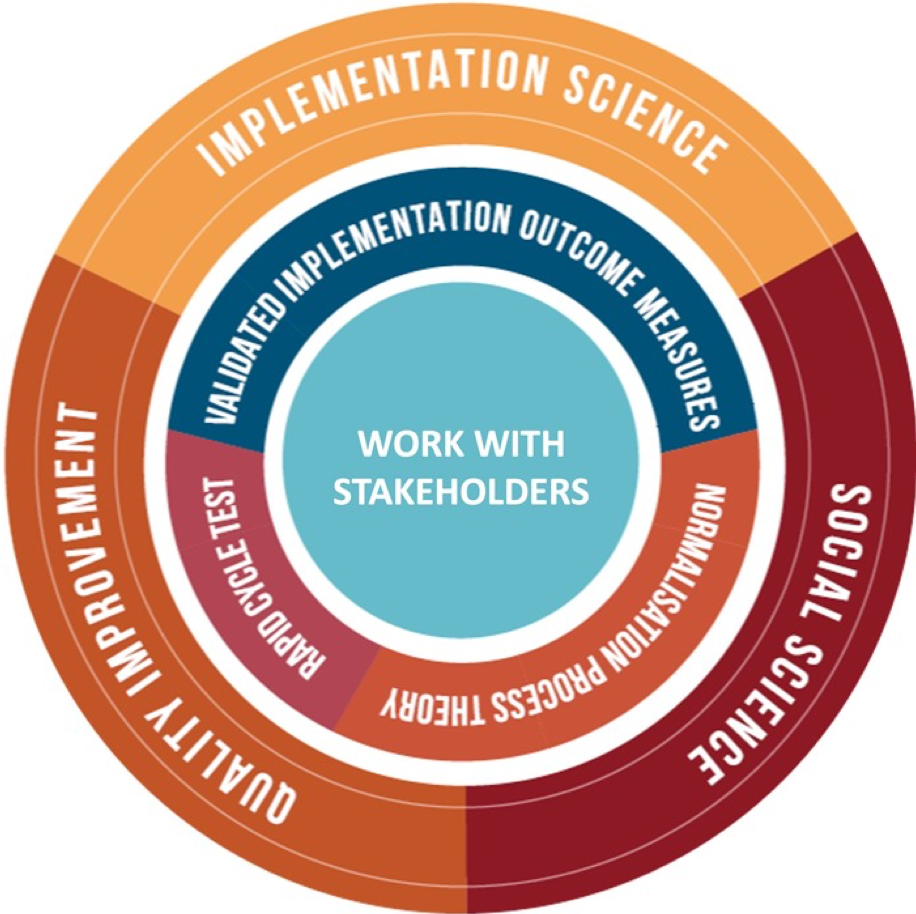Our Vision
Our Artificial Intelligence Air Safety Tool (“AISaT”) will recommend an optimal mitigation solution and a list of possible ranked alternatives, based on equipment already available. Users will thus create bespoke mitigation-device layouts to reduce aerosol-droplet levels in clinical-spaces. We aim to:
Understand airborne disease risks and mitigation options
Develop an AI tool to quickly evaluate increasingly complex hospital environments,
to recommend the best low-cost mitigation strategies for multiple hospital locations
Assess tool effectiveness and implementation in clinical environments
Assess cost efficiency
Develop an NHS-wide roll-out strategy, informed by national policy.
Public Engagement
Up to 1 million NHS patients visits at 10 study sites will directly benefit from safer air. Low energy costs will help the NHS towards achieving Net Zero goals. If another COVID-19 surge occurs, using AISaT could save 1,500 lives nationally per month. Our programme is embedded with a strong PPIE programme including professional stakeholder panels, Patient Advisory Group, taster weeks, summer schools, and student science festivals. In collaboration with British Science Association CREST Awards, we will engage a new generation of STEM scientists for a lasting educational legacy.
Involving the public with our research is essential. It benefits our research and allows us to share the benefits of that research with people it matters to. As such Patient and Public Involvement and Engagement (PPIE) is at the heart of what we do. This aspect of our work is overseen by Simon Watt, the Public Engagement Manager at the UCL Hawkes Institute. To find out more, please our Public Engagement page.


